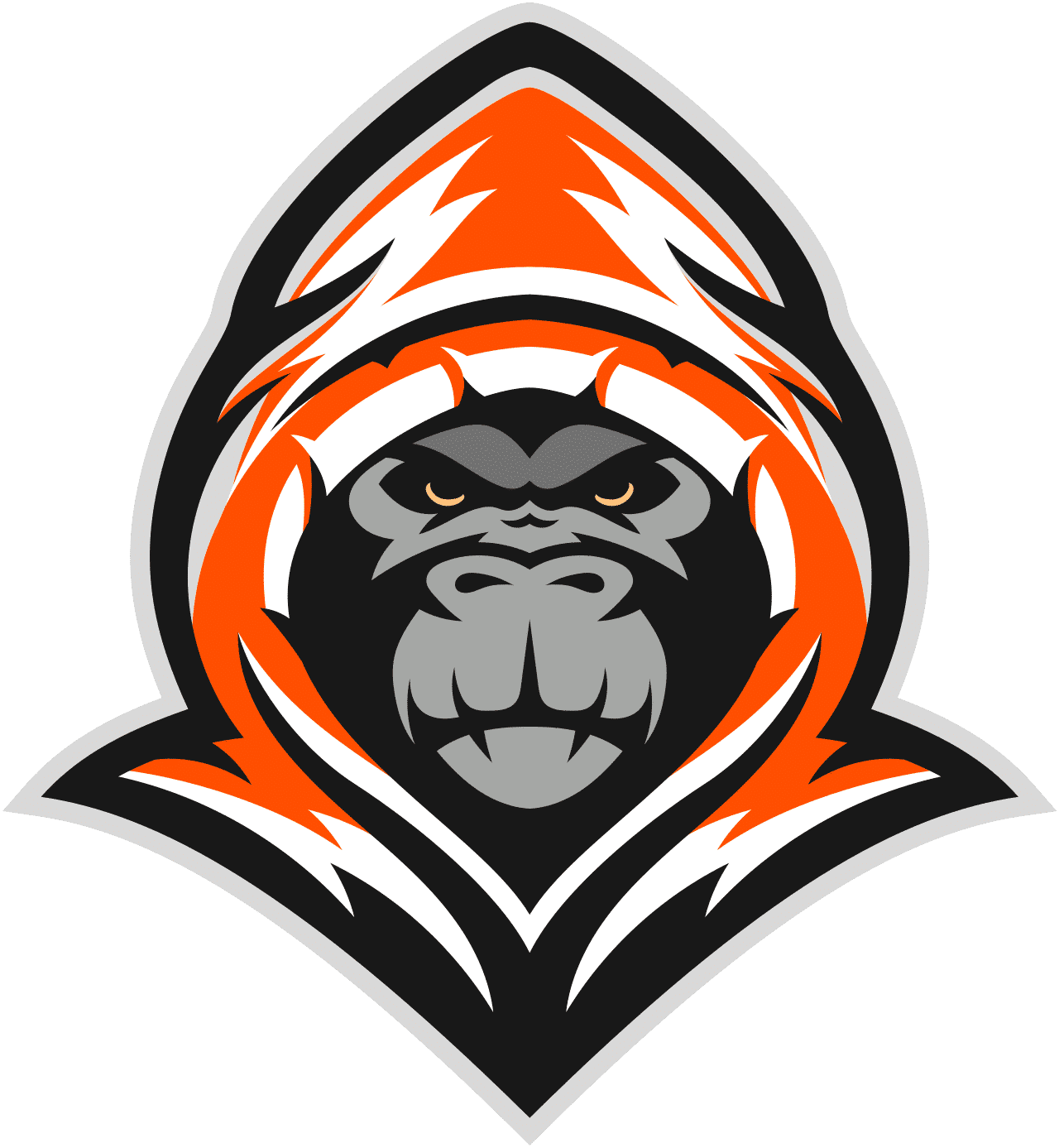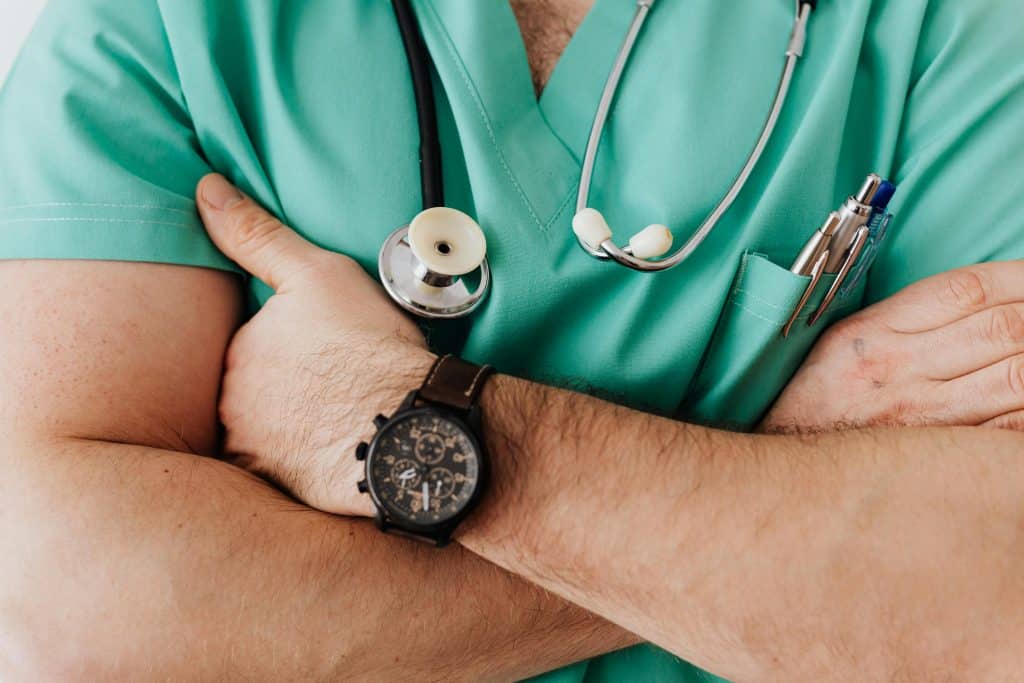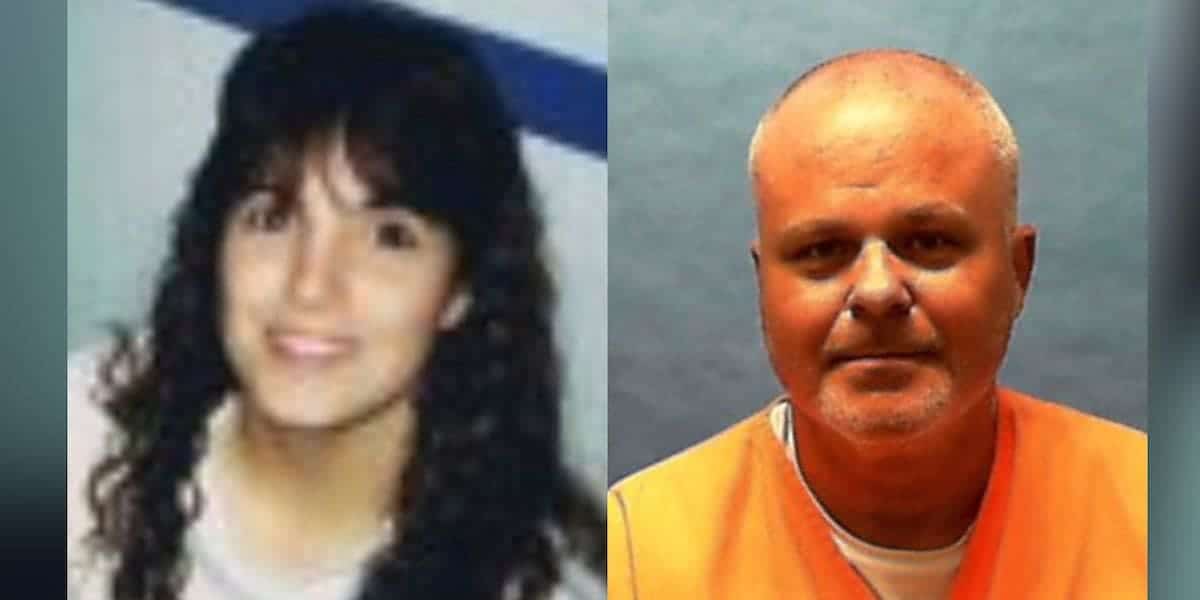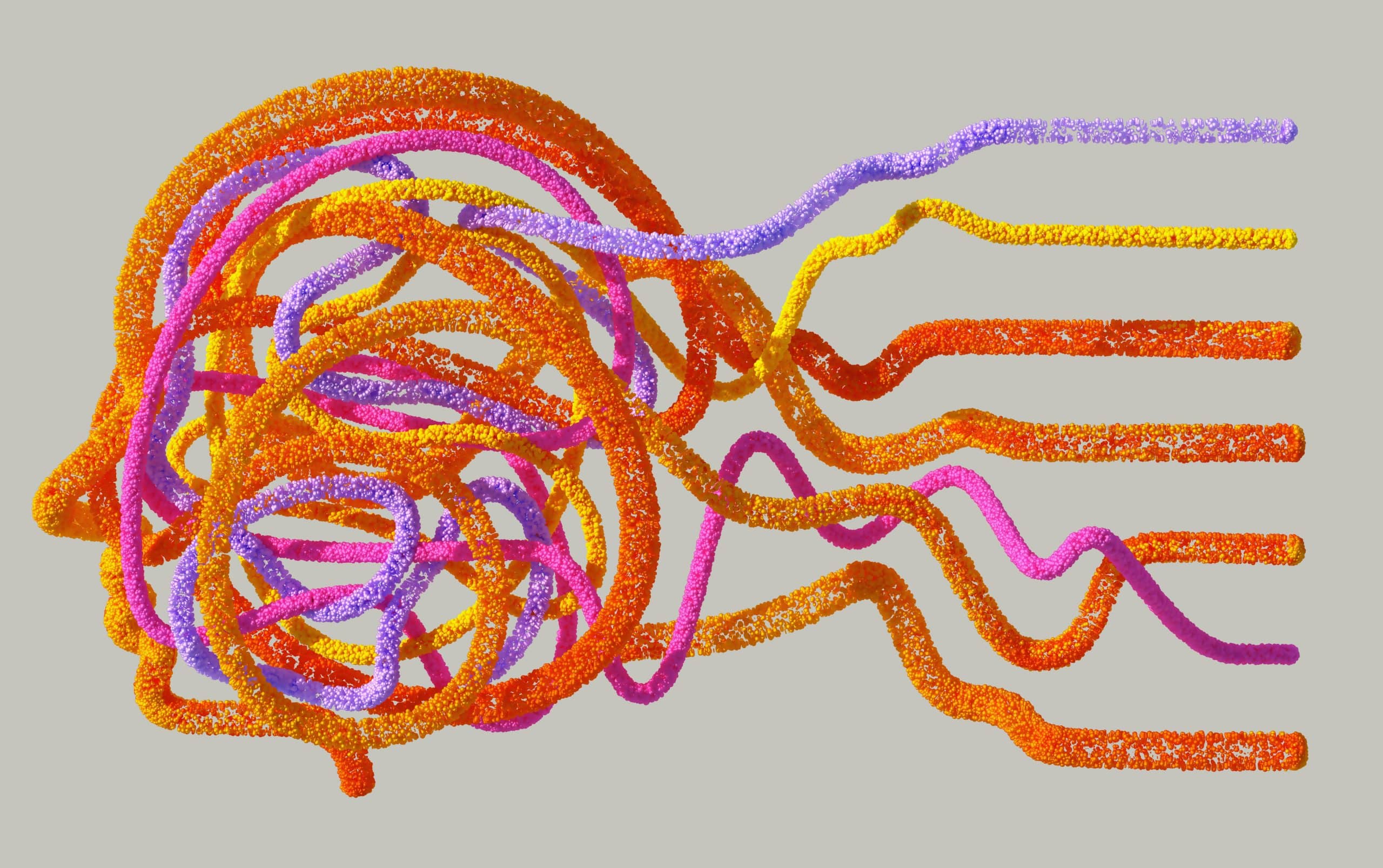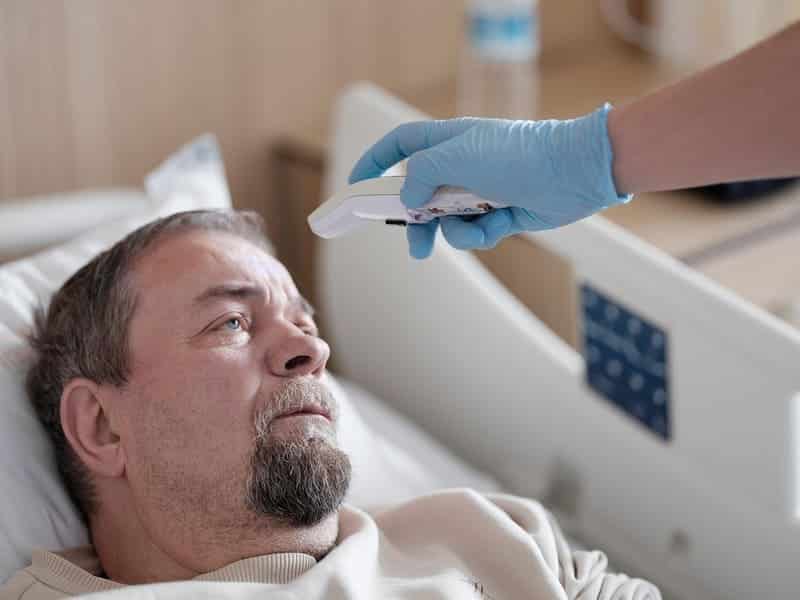In the United States, eleven percent of doctors are Doctors of Osteopathic Medicine. A Doctor of Osteopathic Medicine (D.O.) attends a medical school geared toward osteopathic medicine. Like a Doctor of Medicine (M.D.), a D.O. completes a residency and passes a licensing exam. The educational path to becoming a D.O. also involves coursework in the musculoskeletal system.
Osteopathic medicine involves an approach that goes beyond alleviating specific symptoms. A D.O. focuses on both the immediate treatment of illnesses and the overall goal of prevention. Osteopathic medicine involves motivating patients toward healthy life choices. Another idea within osteopathic medicine is that the body is comprised of interrelated components. A D.O. may consider how components of your body may affect one another.
Becoming a Doctor of Osteopathic Medicine
There are many inviting options for work as a Doctor of Osteopathic Medicine (or D.O.). According to the American Osteopathic Association (AOA), these versatile doctors are present “in all specialties.” Doctors of Osteopathic Medicine also hold many high-profile medical positions. One such position is “overseeing care for the President of the United States. Osteopathic medical care is provided for the NASA medical team.” In addition, D.O.s treat “Olympic athletes and many who serve in the uniformed services.” Overall, Doctors of Osteopathic Medicine represent “11% of all physicians in the United States.”
Becoming a Doctor of Osteopathic Medicine involves years of study and hard work. According to the Mayo Clinic, a D.O. “graduates from a U.S. osteopathic medical school.” A D.O. is “fully trained and licensed” as a practicing physician. A Doctor of Medicine (or M.D.) graduate from a traditional medical school.”
Like M.D.s, D.O.s participate in residencies after completing medical school. Also, M.D.s and D.O.s have the same licensing exam that they must pass. In both cases, passing this exam is a requirement for being able to practice medicine. According to the AOA, D.O.s also “receive special training in the musculoskeletal system.” This system connects bones, muscles, and nerves within the body.
Underlying Ideas
The Philadelphia College of Osteopathic Medicine (PCOM) states that osteopathic medicine focuses on “the whole person.” The osteopathic medical treatment process involves looking beyond “just the symptoms.” A D.O. works with patients to do more than simply treat any specific medical concern. Osteopathic medical care aims to “help patients develop attitudes and lifestyles” conducive to good general.
There is an emphasis on prevention in the overall approach of osteopathic medical treatment. According to the Cleveland Clinic, an important idea guiding osteopathic medicine is that human bodies are “able to self-heal.” A related idea in osteopathic medicine is that people can “maintain health.” Applying these concepts involves treating specific illnesses while helping people find ways to stay healthy.
How Osteopathic Medicine Works
The Cleveland Clinic website states that D.O.s approach care from the premise of interconnectedness. Osteopathic medical practitioners “work with the philosophy that all systems of your body are interconnected.” They consider “how an illness or injury in one part of the body can affect another.” One way D.O.s apply this framework is through osteopathic manipulative medicine or OMM.
According to PCOM, D.O.s “apply osteopathic philosophy” to patient care through OMM. OMM also involves “structural diagnosis and the use of osteopathic manipulative treatment (OMT).” Treatment via OMT can be hands-on. OMT is also known as osteopathic manipulation. This treatment can be used to address pain or discomfort due to structural imbalance. Cleveland Clinic states that OMT applies “gentle pressure” to manipulate body structures such as muscles. This process can promote healing. It can also make sure that “your muscles and bones are aligned and balanced properly.”
How Osteopathic Manipulative Treatment Helps
According to Oklahoma State University, OMT could help alleviate neck or back pain. Specifically, OMT focuses on “the musculoskeletal system to reduce chronic pain.” This technique could also help sufferers of conditions such as carpal tunnel syndrome. In general, OMT aims to “reduce pain and optimize function.”
